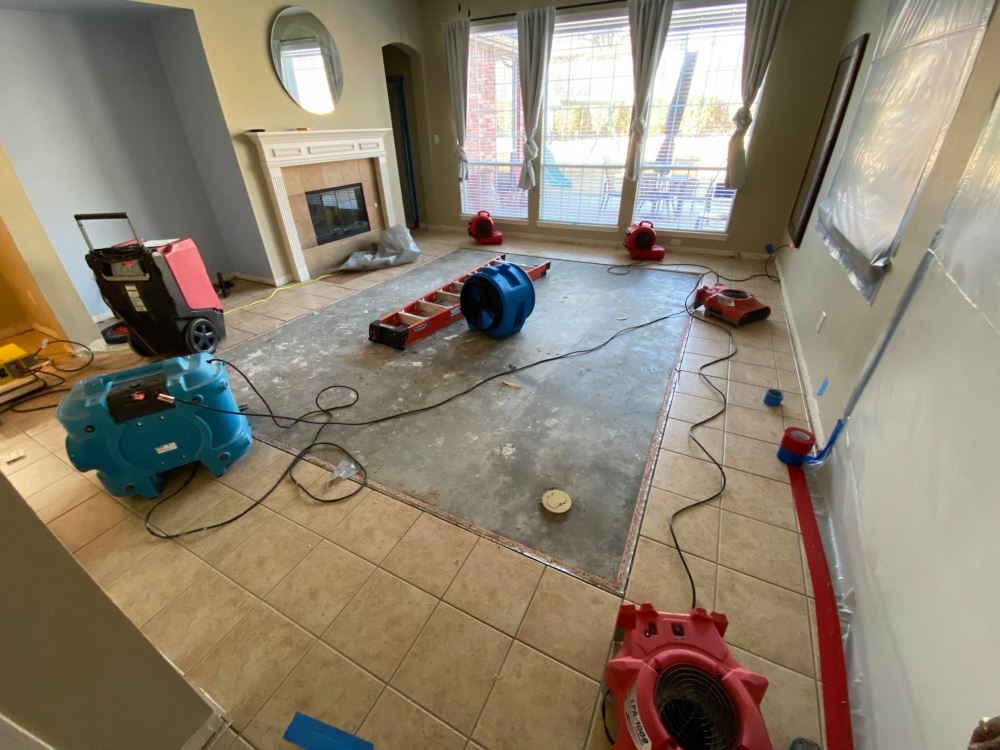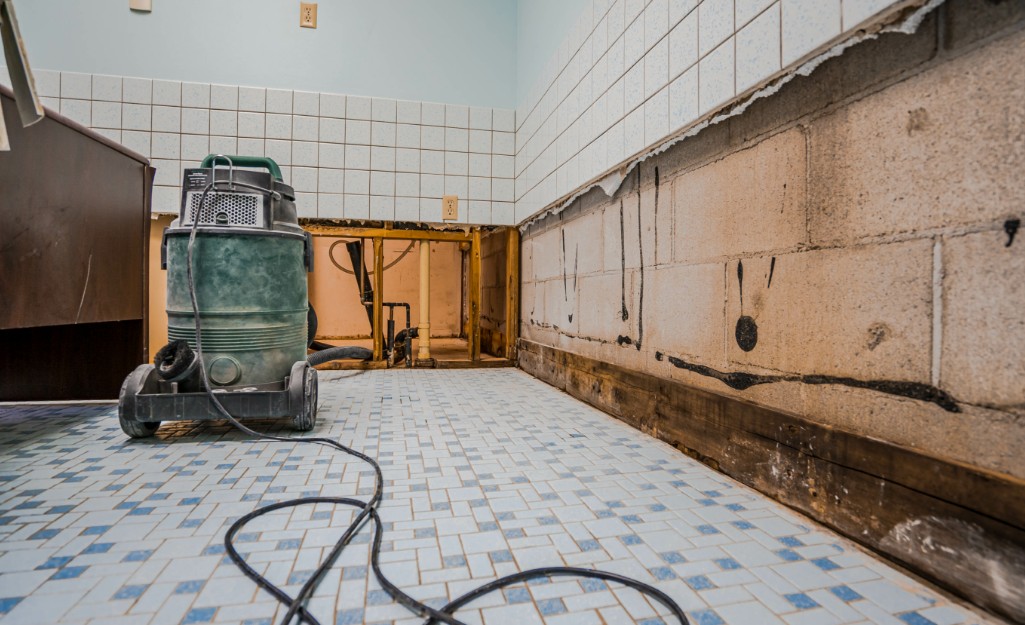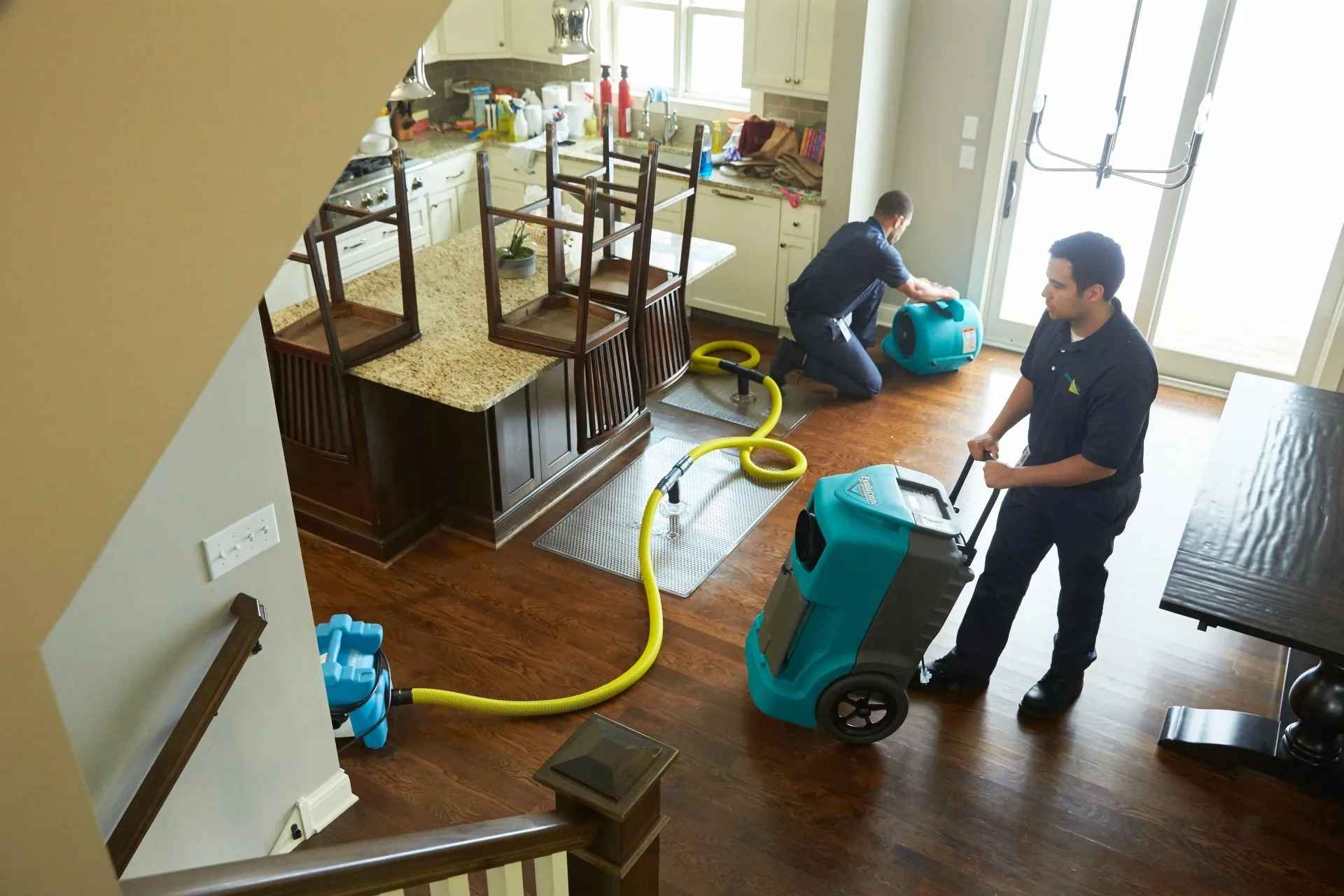Common errors to avoid when choosing Water Damage Restoration services
Wiki Article
Water Damage Restoration 101: Comprehending the Process and Price
Water damage can strike all of a sudden, leaving homeowners in a state of complication. Understanding the remediation process is crucial for reliable healing. From assessing the damage to picking the appropriate provider, each step affects the total end result and price. Variables such as the kind of water damage and urgency also play a substantial function. What are the certain methods utilized in reconstruction, and how can one prepare for potential expenses?Sorts Of Water Damage

Preliminary Evaluation and Examination

Water Removal Methods
Adhering to the first analysis, reliable water removal strategies are utilized to reduce damage and avoid more issues. These techniques include the use of specialized devices such as submersible pumps and industrial-grade vacuums - Mold Remediation After Water Damage. The choice of method depends on the quantity of water existing and the kind of products affected. For standing water, completely submersible pumps are usually used for rapid removal, while vacuums are suitable for drawing out water from rugs and furniture. Furthermore, advanced approaches like water extraction floor coverings may be employed for hard-to-reach locations - Water Damage Restoration. The goal is to eliminate as much water as possible, minimizing the possibility for mold development and structural damage. Trigger and reliable water removal is necessary in the total water damage reconstruction processDrying Out and Dehumidification Process
When the water extraction is complete, the drying out and dehumidification procedure becomes vital to recovering the damaged location. This stage usually employs industrial-grade dehumidifiers and air moving companies to efficiently reduce dampness levels. The dehumidifiers pull in moist air, removing excess humidity, while air moving companies flow air to accelerate evaporation. Surveillance tools is usually made use of to track humidity and temperature degrees, making sure optimal drying out conditions. The duration of this process can differ depending on the extent of the water damage and ecological variables. It is vital to extensively dry all affected products, consisting of wall surfaces, floor covering, and furnishings, to avoid mold growth and structural damage. Appropriate implementation of this action is vital for an effective reconstruction result.Cleaning Up and Sanitizing Damaged Locations
A complete initial analysis and evaluation of impacted areas is important to identify contamination levels when the drying out procedure is full. Flood Cleanup Services. Reliable cleansing strategies and suitable products must then be used to remove debris and stains. Sanitization and disinfection techniques are essential to ensure that harmful pathogens are eliminated, restoring the room to a secure problem.First Analysis and Inspection
Prior to beginning any restoration initiatives, a complete preliminary assessment and assessment of the affected areas are crucial for reliable cleansing and sanitizing. This process entails recognizing the degree of water damage, establishing the resource of the water intrusion, and assessing the products affected. Assessors usually look for signs of mold development, structural honesty issues, and harmed items. The assessment also consists of examining moisture levels using customized equipment to guarantee no hidden water pockets remain, as these can lead to further complications. Documenting the findings is important for planning the next steps in the restoration procedure. A detailed first analysis makes it possible for reconstruction specialists to devise a targeted technique for reliable cleansing and disinfecting, inevitably reducing damage and health and wellness dangers.Cleaning Methods and Products
Efficient cleaning and disinfecting of water-damaged areas require a selection of techniques and items tailored to the certain products influenced. For porous surfaces like drywall and carpets, removal approaches are important to remove excess dampness, adhered to by deep cleaning with specialized cleaning agents. Non-porous products such as ceramic tile or metal can be cleaned up making use of commercial-grade cleansers that successfully get rid of pollutants. Vapor cleansing is an additional efficient method, especially for carpets and upholstery, as it utilizes high temperature levels to remove microorganisms and mold and mildew (Flood Cleanup Services). Furthermore, green items are significantly prominent for their security and efficacy - Water Damage Restoration. Eventually, selecting the appropriate cleansing techniques and products not just ensures immediate cleanliness but also help in avoiding further damage and carcinogen associated with water intrusionSanitization and Disinfection Approaches
When addressing water damage, correct sanitization and disinfection methods are vital to ensure the safety and wellness of the affected setting. After preliminary cleaning, surface areas should be treated with appropriate disinfectants to get rid of microorganisms, mold and mildew, and microorganisms that grow in damp problems. Common methods include using EPA-approved chemical anti-bacterials, which can be used through splashing or cleaning methods. Additionally, ultraviolet (UV) light systems can effectively sterilize locations by neutralizing microbes without harsh chemicals. The option of method often depends upon the type of products influenced and the extent of contamination. Eventually, thorough sanitization not just brings back a secure home however additionally helps stop future health threats related to sticking around moisture and mold development.
Repair Services and Restoration Options
Assessing the damage triggered by water exposure is essential for determining the suitable fixings and remediation alternatives. Homeowners may deal with numerous concerns, consisting of damaged drywall, deformed floor covering, and compromised structural elements. Relying on the level of the damage, fixings may entail replacing sections of drywall, installing brand-new flooring, or strengthening structural beams. In instances of extreme damage, total replacement of affected products could be required. In addition, specialist restorers typically suggest using moisture meters to evaluate surprise dampness levels before deciding on the most effective training course of activity. It is necessary to act find out here promptly to avoid mold development and more damage. Picking the ideal choices not just brings back the property yet additionally ensures long-term safety and performance.Elements Influencing Restoration Prices

The degree of water damage directly affects the restoration costs home owners can expect to incur. Variables such as the source of the water, the period of exposure, and the afflicted products significantly affect pricing. For example, tidy water damage from a broken pipe is usually less pricey to restore compared to damage brought on by sewage. Additionally, the degree of contamination determines the need for specialized cleaning and disposal services, even more raising expenses. Geographic place additionally plays a role, as regional labor rates and availability of restoration services can vary. The seriousness of the action influences costs; quicker interventions generally lead to decrease overall expenses by stopping further damage. Understanding these factors is vital for homeowners when approximating repair expenses.
The three key kinds of water damage are classified based on contamination levels: tidy water, grey water, and black water. A complete preliminary evaluation and assessment are essential actions in the water damage repair process. For standing water, submersible pumps are generally utilized for quick elimination, while vacuum cleaners are excellent for removing water from rugs and upholstery. The level of water damage straight affects the reconstruction sets you back house owners can expect to sustain. Tidy water damage from a broken pipeline is normally less expensive to restore contrasted to damage triggered by sewage.
Report this wiki page